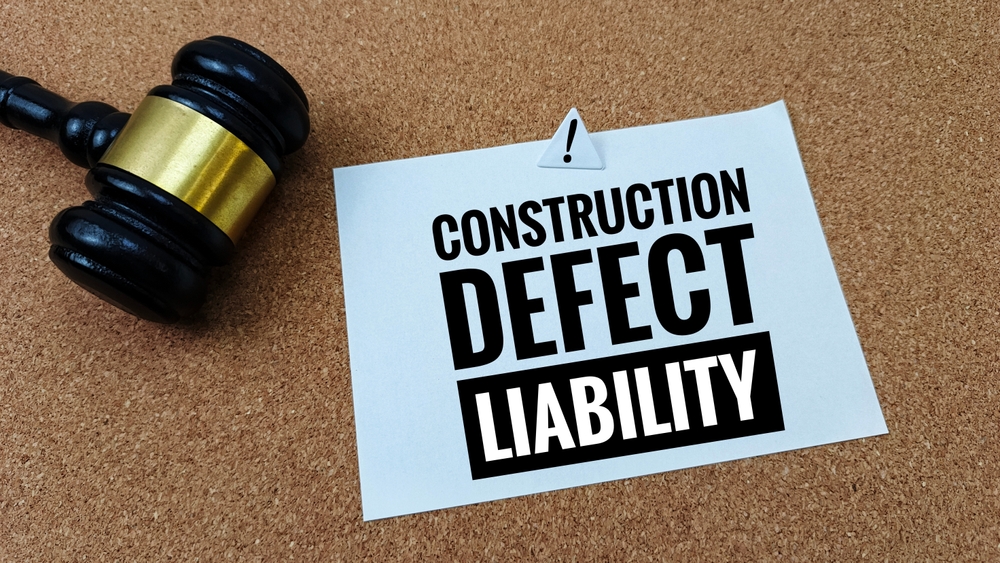

Paperwork is a hassle. Tedious as it may be, maintaining proper paperwork can make the difference between being protected and getting sued. Employment documentation is extremely preventive, so having the appropriate documents prepared and keeping them up to date can ensure your business is much safer overall. Because it is so important, let’s lay out the basics of what you need to know about the importance of documentation and timekeeping.
The following is a list of the Important Employment Documents your company needs to have and maintain either in electronic or paper format:
If you need any help creating or assembling the paperwork mentioned here, reach out to our skilled team for assistance.
A common mistake we see companies make is to fall into the habit of not making or keeping employment records. Spending a little time making sure all employment policies, paperwork, and records are in order will save both time and money later. These records are essential when issues arise with your employees. While in most instances an employer does not intend to discriminate when terminating or taking action against an employee, the employee can still create the appearance that discrimination existed.
The important employment documents listed above allow each employee to have a clear understanding of what is expected of him or her. In addition, forms such as the performance reviews or progressive discipline forms allow you to measure employee progress or problems and create the necessary paperwork for a termination. In Texas, you can fire a person for any reason that is not discriminatory; however, wrongful termination cases are easy for a Plaintiff to initially file and use to create issues for your company.
The burden for an employee to initially prove he or she was discriminated against is extremely low. The employee must prove he or she is part of a protected class, was qualified for the job, was subjected to an adverse employment action, and that the employer gave better treatment to a similarly situated person outside the protected class. The employer then has the opportunity to provide a legitimate, non-discriminatory reason for the adverse employment action. However, the analysis does not end there. The employee can then show the non-discriminatory reason proffered by the employer is a lie. This back and forth can heavily depend on the paperwork evidence you may or may not have kept during the employee’s employment.
A female employee was terminated. She is part of a protected class (gender is a protected characteristic), she was qualified for her job (simple to prove because businesses usually do not hire and keep unqualified people), she was terminated (adverse employment action), and males were not terminated (so the males were treated better than she was treated).
Now let’s say the employer’s reason for termination was the female was consistently late and violated the employer’s attendance policy. This reason is an entirely valid and non-discriminatory reason to terminate someone. However, the female employee then had a chance to show this reason was a lie. She could use a variety of arguments to show the employer’s defense is a lie. She could show she was, in fact, not late, show that her tardiness was approved and accepted, show she was never disciplined for the tardiness, and/or she could show the males were tardy just as often and were not disciplined, nor were they terminated. The list goes on and on.
As you can see, employment forms and records are necessary to counter each employee’s arguments. The employer would have the attendance policy written in the employee handbook, which the previous female employee would have signed. The employer would have the timesheets to show she was tardy along with the disciplinary forms reprimanding her when she was consistently late. Additionally, the employer would also have the same documents for the male employees to show she was not treated any differently than the male employees and no discrimination had occurred.
Without these documents, the fight becomes very time-consuming and expensive, and the absence of these forms for the issues makes the employer look liable in the eyes of a jury. The little time taken to fill these documents out translates into saving money, time, and stress down the line.
Register today for our Employment Dos and Don’ts webinar on June 23 at 12:00 pm Central Time. Employment attorney Kelly Stamy is presenting the most integral points of employment law that every business owner should be aware of. We look forward to seeing you there!
It is also essential to have proper timekeeping records. If you do not keep accurate time records and are hit with a wage and overtime lawsuit, calculating the damages owed will be exceedingly difficult. If you do not know how much the employee worked, you are then left to guess the approximation of damages, and the employee is always going to exaggerate the number of hours worked.
A previous client was a staffing agency that provided labor for a delivery service and was responsible for paying the drivers. The drivers were compensated for each day they worked. So, if the driver worked three days, they received $300, and if they worked five days, they were paid $500. The driver’s timesheet was merely tick marks showing the number of days worked per week. There was no easy way to show when the driver clocked in each day and when the driver completed his or her route.
Our client stated the drivers only worked 8.5–9.5 hours per day, but the drivers stated they worked 11–12 hours per day. It would have involved expensive investigation measures even to see if there was an ability to track each driver’s route. However, with just under 100 drivers joining the lawsuit, such a detailed calculation for each one was going to be outrageously expensive. The reality was it was cheaper for our client to agree on an average workday of 10 hours and then do a calculation of that number.
As you can see, employment records can be helpful in significant ways if they are correctly used and maintained. Protecting your business is essential, and we want you to have the education, knowledge needed and be equipped with the tools you need to build a better company from the start. For more assistance protecting your business or help in creating your employee handbook or other necessary documents, contact our skilled team of employment lawyers.
Here at The Cromeens Law firm, we pride ourselves on our attention to detail, educating our clients, and a 24- hour guaranteed response time. Let us take the weight off your back, and we will handle all your employment law needs. Do you still have questions? Join us tomorrow at 12:00 PM CST for our Employment Dos and Don’ts Webinar with employment lawyer Kelly Stamy and get all your burning questions answered!
Karalynn Cromeens is the Owner and Managing Partner of The Cromeens Law Firm, PLLC, with over 17 years of experience in construction, real estate, and business law. A published author and passionate advocate for contractors, she has dedicated her career to protecting the businesses her clients have built. Karalynn is on a mission to educate subcontractors on their legal rights, which inspired her books Quit Getting Screwed and Quit Getting Stiffed, as well as her podcast and The Subcontractor Institute.

